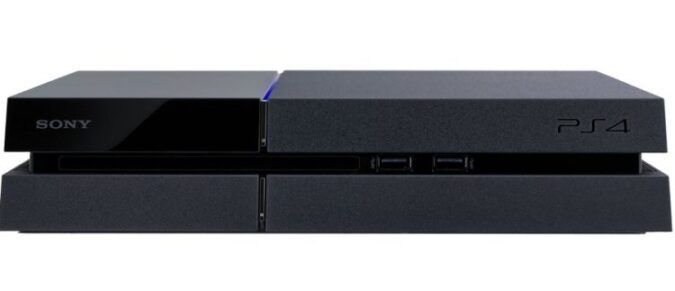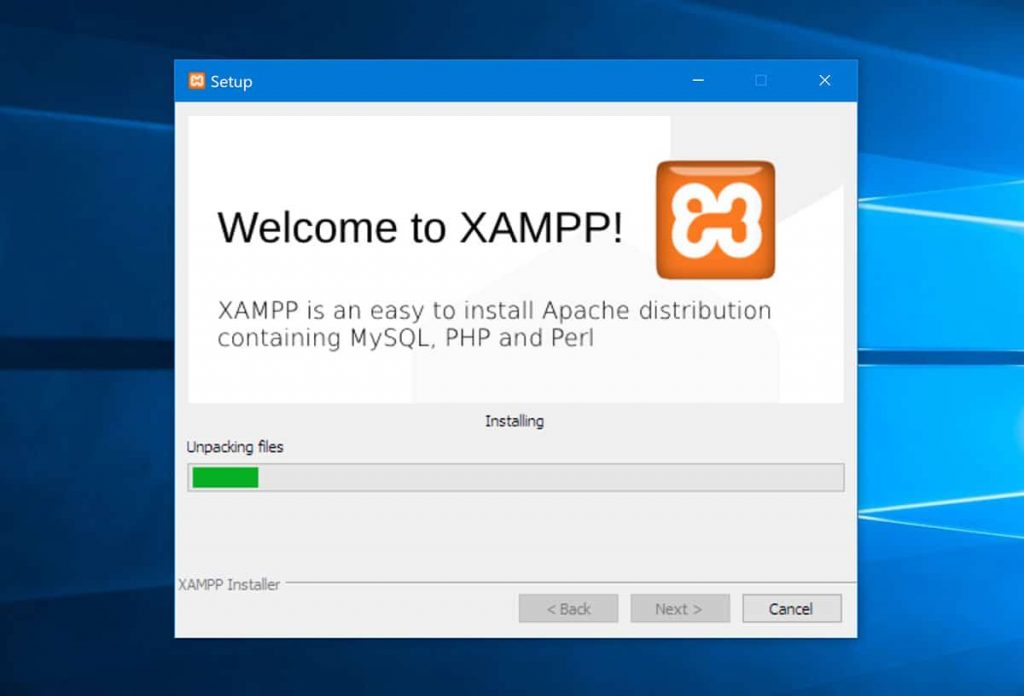Mac OS X doesn’t have an obvious way to view the exact text based path to a folder (otherwise known as a directory) in the finder window. You can have it show a graphical path, but getting just the text based path to a directory (for use in the Terminal for example) requires a couple of extra steps.
Folders are a great way to keep your various documents, photos, and other files organized and to keep your Mac's desktop uncluttered. You can create a new folder on a Mac in a matter of seconds.
Yosemite users special note
Apple removed the ability to easily copy the file path in OS X Yosemite. Yosemite users must now follow a complicated procedure of creating a Service to do this simple task or take the path directly from the command line.
El Capitan - Built in file path copy function
If you are a El Capitan user you are in luck, Apple has now created a specific command to capture the file path. Instructions on how to use this can be found here.
Mavericks and below - How to find the Absolute Path to a folder on Mac OS X
Here are the instructions for finding the file path on Mavericks and below...
The first thing to do is identify the folder you need to know the full path for. In this example it’s the “month 1″ folder of my Insanity Workout folder (and yes, I did buy Insanity, directly from Amazon actually and these are my back-ups. It’s not pirated like so much Beachbody stuff unfortunately is!):
Now we can simply press the “cmd+i” keys together to open up the “Get Info” window. This displays various bits of info about the folder as you can see below:
You can see that the Get Info window contains the line “Where:” followed by the text folder path. This is the path to the folder we have been looking for. The path to the folder is highlighted and made clearer in the screenshot below:
You can now copy this text based absolute folder path and paste it into your Terminal window. NOTE – If the directory path contains spaces, as the example i have used in this post does, you MUST use ” quotation ” marks around the path when typing it into the Terminal. The screenshot below demonstrates this:
Why might I need to know how to find the path to a folder on Mac?
Knowing the text based absolute path to a folder can be useful for a number of reasons. Being able to locate the precise path allows you to unlock the full power of the Terminal, which can often be faster and more efficient that using the Graphical User Interface.
Mac OS X doesn’t have an obvious way to view the exact text based path to a folder (otherwise known as a directory) in the finder window. You can have it show a graphical path, but getting just the text based path to a directory (for use in the Terminal for example) requires a couple of extra steps.
Yosemite users - special note
Apple removed the ability to easily copy the file path in OS X Yosemite. Yosemite users must now follow a complicated procedure of creating a Service to do this simple task or take the path directly from the command line.
El Capitan - Built in file path copy function
If you are a El Capitan user you are in luck, Apple has now created a specific command to capture the file path. Instructions on how to use this can be found at teh link below:
Mavericks and below - How to find the Absolute Path to a folder on Mac OS X
Here are the instructions for finding the file path on Mavericks and below...
The first thing to do is identify the folder you need to know the full path for. In this example it’s the “month 1″ folder of my Insanity Workout folder (and yes, I did buy Insanity, directly from Amazon actually and these are my back-ups. It’s not pirated like so much Beachbody stuff unfortunately is!):
Now we can simply press the “cmd+i” keys together to open up the “Get Info” window. This displays various bits of info about the folder as you can see below:
You can see that the Get Info window contains the line “Where:” followed by the text folder path. This is the path to the folder we have been looking for. The path to the folder is highlighted and made clearer in the screenshot below:
You can now copy this text based absolute folder path and paste it into your Terminal window. NOTE – If the directory path contains spaces, as the example i have used in this post does, you MUST use ” quotation ” marks around the path when typing it into the Terminal. The screenshot below demonstrates this:

Why might I need to know how to find the path to a folder on Mac?

Knowing the text based absolute path to a folder can be useful for a number of reasons. Being able to locate the precise path allows you to unlock the full power of the Terminal, which can often be faster and more efficient that using the Graphical User Interface.
Mac Which Folder Did My Program Download To Edit
how to delete a download on Mac, deleting downloads on Mac, how to delete download files on Mac, how do I delete a download on my Mac,
Mac Tips & Issue Fixes
Mac Related Tips
Mac Problems & Fixes
Mac Clean Tips
Apple Mac has a very friendly and clean interface, and it runs smoothly and fast. In everyday use, we may have downloaded kinds of applications, pictures, and some confidential files on our Mac hard drive. There is a Downloads folder that contains all your download files that take up space and can also leak your privacy. In this post, we will show you two ways to remove downloads and download history in browsers from your Mac to free up more space.
Also Read: How to Optimize Your Mac in 3 Methods >
Part 1. How to Delete Downloads and Download History on Mac with MacClean
MacClean is a new and smart cleaning program for all Macs, and it allows you to clear Internet junks like download history, browsing history, cookies, caches, and sessions from Safari, Chrome, Firefox, and Opera. It also manages to remove downloads from Mac in one click. Download MacClean and Have a Free Trial Now >
How to Delete Downloads on Mac with MacClean:
Step 1. Run MacClean, and select Cleanup Tools from the left side list.
Mac Which Folder Did My Program Download To Computer
Step 2. Choose Large & Old Files from the utilities, and choose Downloads to start scan.
Step 3. Now you will see all downloads in the Downloads folder, and you can select the download files you want to delete with the File Type and File Size filter. You can also remove all downloads from Mac by selecting all files and clicking the Clean button.
How to Deleted Downloads on a Mac-2
Can’t Miss: How to Easily Delete Temporary Files on Mac >
How to Delete Download History on Mac with MacClean:
Step 1. Run MacClean and choose Internet Junk. Select a browser with download history or junk files you want to clear. Click Scan.
Step 2. After the scan is over, choose the browser you need to find the download history.
Step 3. Select all download history and back to the last page. Click Clean to clear download history from Mac.
Delete Download History on Mac with MacClean-2
Part 2. How to Delete Downloads on Mac Directly
Mac Which Folder Did My Program Download To Play
- Go to the Finder from the dock and click on it.
- After entering the manage page, Find Downloads on the left list.
- Click on it, it shows all downloads on the right pane.
- You can select all of your downloads by pressing Command + A, or you can choose one download at a time. Then right click the mouse and click on “Move to Trash”.
- Empty your Trash on Mac.
Mac Download Folder Location
The Bottom Line
Mac Which Folder Did My Program Download To Print
MacClean is aimed to clear out space and private, to let you enjoy your life with more freedom. If you still have any questions about MacClean or meet any problem when using MacClean, please leave your message on the comment part. If you like this guide, don’t forget to share it with your friends.
Open My Downloads Folder Mac
Product-related questions? Contact Our Support Team to Get Quick Solution >